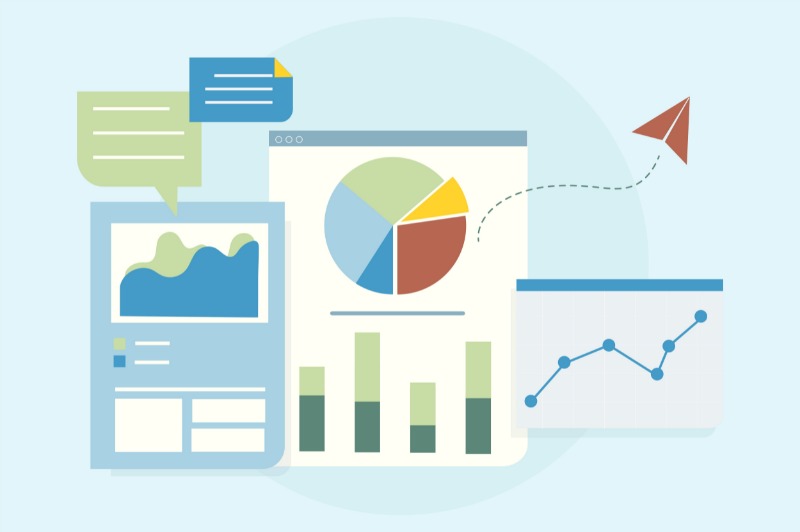The goal of HR analytics is to enhance a company’s employees’ skills by collecting and analyzing HR data. This may also be called talent analytics or people analytics.
In this approach of data analysis, HR collects data on a regular basis and ties it to the company’s success. Doing so demonstrates how HR activities contribute to the company’s objectives and plans.
Getting Deeper In The Subject
Human resource managers should be familiar with the following HR analytics:
Investing in human resources is a huge undertaking for any company or organization, and this remains true regardless of size. Your worker turnover rate may be assessed using churn analytics. Predicting the future and reducing staff turnover are two benefits of employee analytics. The history of employee analytics refers to the number of employees who have left a company since it was founded. For employee turnover analytics, both prospective and previous data are essential.
An important factor in determining a company’s long-term success is its workforce’s degree of experience and abilities. Your workforce’s essential capabilities are identified using capability analytics, a talent management method.
Once you’ve identified these competencies, you can use them as a benchmark to see where your workforce stands in comparison and identify any weaknesses.
Organization Culture and HR Analytics
Organizational culture is notoriously difficult to identify, and it’s much more difficult to modify. The culture of your company or business is frequently made up of the collective unwritten norms, procedures, and patterns of human behavior.
Using corporate culture statistics is a way of getting to know your workplace’s culture. When you know what your company’s culture is, you’ll be able to monitor and analyze any changes that may occur. The early warning symptoms of a poisonous society may be identified by tracking cultural shifts.
Capacity Matters
Capacity is another factor to consider. It’s true that revenue is affected by capacity. With capacity analytics, you can determine how productive your team is from an operational standpoint. In a clothing design company, for example, are workers spending far too much time in conversations rather than working on more viable ventures, or are people taking their job too lightly? This is a capacity study that assesses how much potential they have as people.
Leadership and Hr Analytics
Lack of leadership skills is as bad as no management at all, which brings us to the final point. Employee turnover and financial losses may be caused by poor leadership. Keeping employees at a company like this may be exceedingly challenging, preventing it from achieving its full potential. Using leadership analytics, you may discover what is excellent, what is terrible, and what is ugly in a company’s leadership. Polls, questionnaires, group discussions, and case studies may all be used to gather data in both qualitative and quantitative ways.
